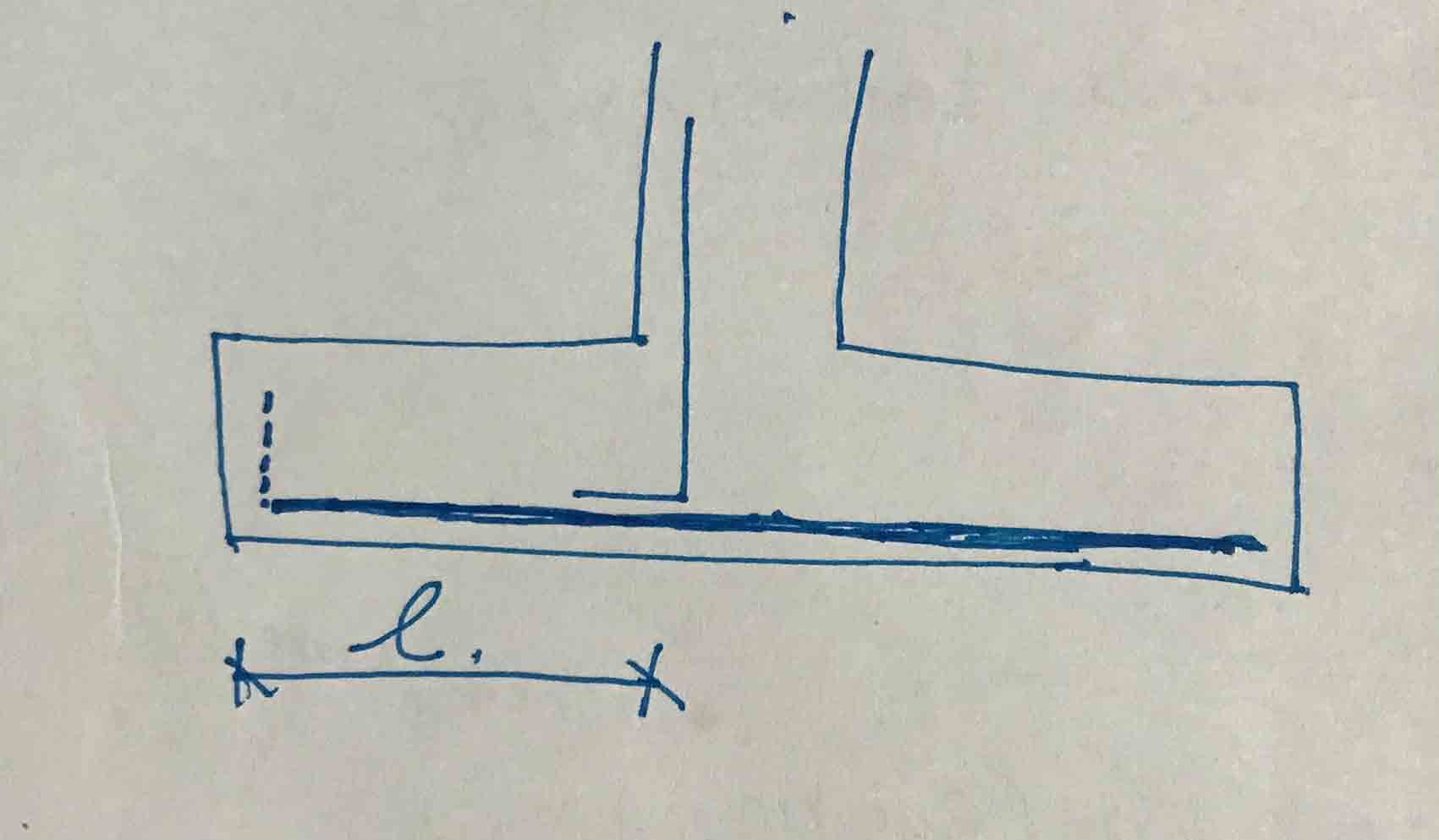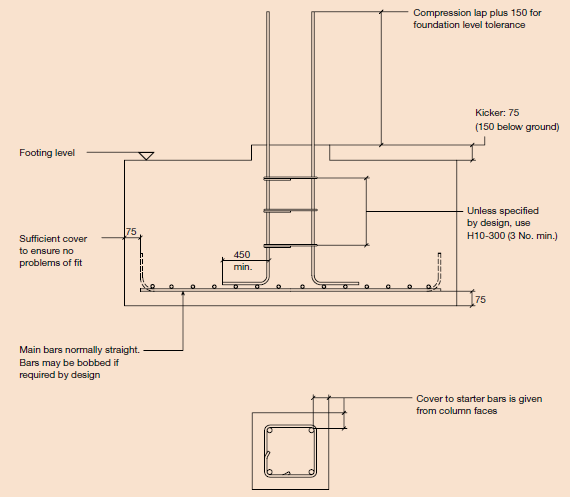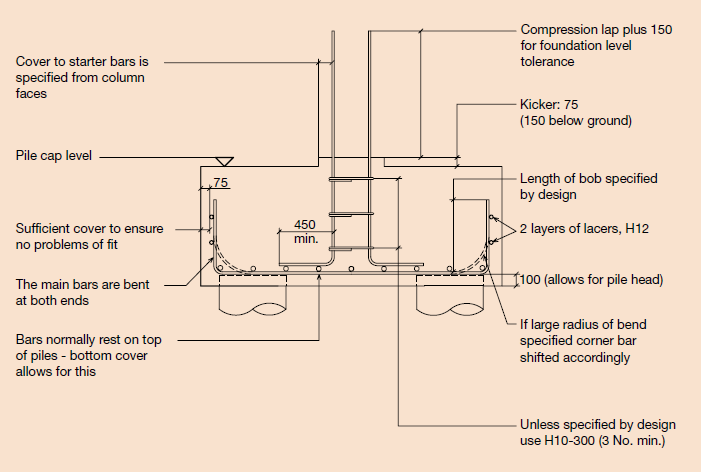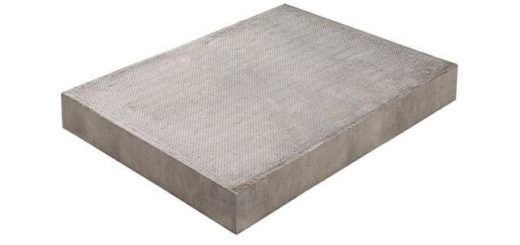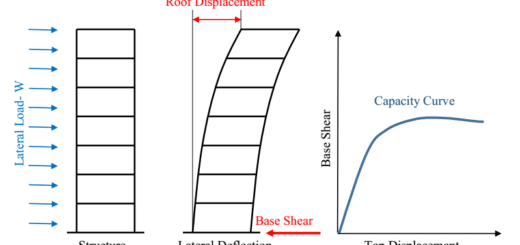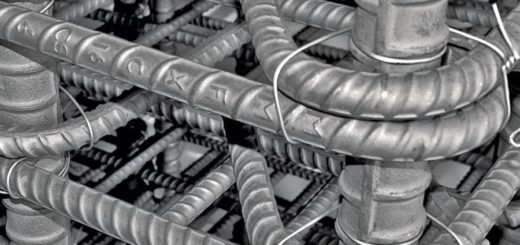Anchorage Length in Footing Rebar
Anchorage length in footing is important as we do for the other types of structural elements. The length required to transfer the stress in the reinforcement to the concrete is called the anchorage length.
The anchorage length is generally calculated from the restraining bar.
The bond length or the design anchorage length can be calculated as discussed in the article design anchorage bond length.
Further, the anchorage length and the lap length are more connected. Initially, we calculate the anchorage, the find the lap length. You may refer to the article lap and anchorage length for further information.
The following figure indicates the footing reinforcements its detail.
As indicated in the above figure, the length between the column surface and edge of the footing is considered to decide whether it is required to bend the footing reinforcement at the end.
When
Distance between the face of the column to edge of the footing is less than the anchorage length, it is required to bend the footing reinforcements.
There are not many calculations available to check the being requirement.
Consider the following example.
- Footing size 900mm x 900mm
- Column size 250x250mm
- Assume bother the column and footing have the same cover
- Assume footing reinforcement as T10 bars
Column face to footing edge distance = (900-250)/2 = 325 mm
Anchorage length required = 44 x 10 = 440mm [ as per BS 8110]
Thus, the available length is not adequate to anchor the reinforcements. Therefore, we need to bend the reinforcement upward for the required length.
The following figures extracted from the Standard Method of Detailing provide a clear indication of the reinforcement termination as per the Eurocode 2 provisions.
When reinforcement is not bending, the above figure can be referred to. However, when the situation is more worst, we have to do the detailing as indicated in the figure.
As a special note, the column reinforcement shall bend 450mm length horizontally as indicated in the detailing guideline.
You may also refer to the following articles published on the same subject area.

